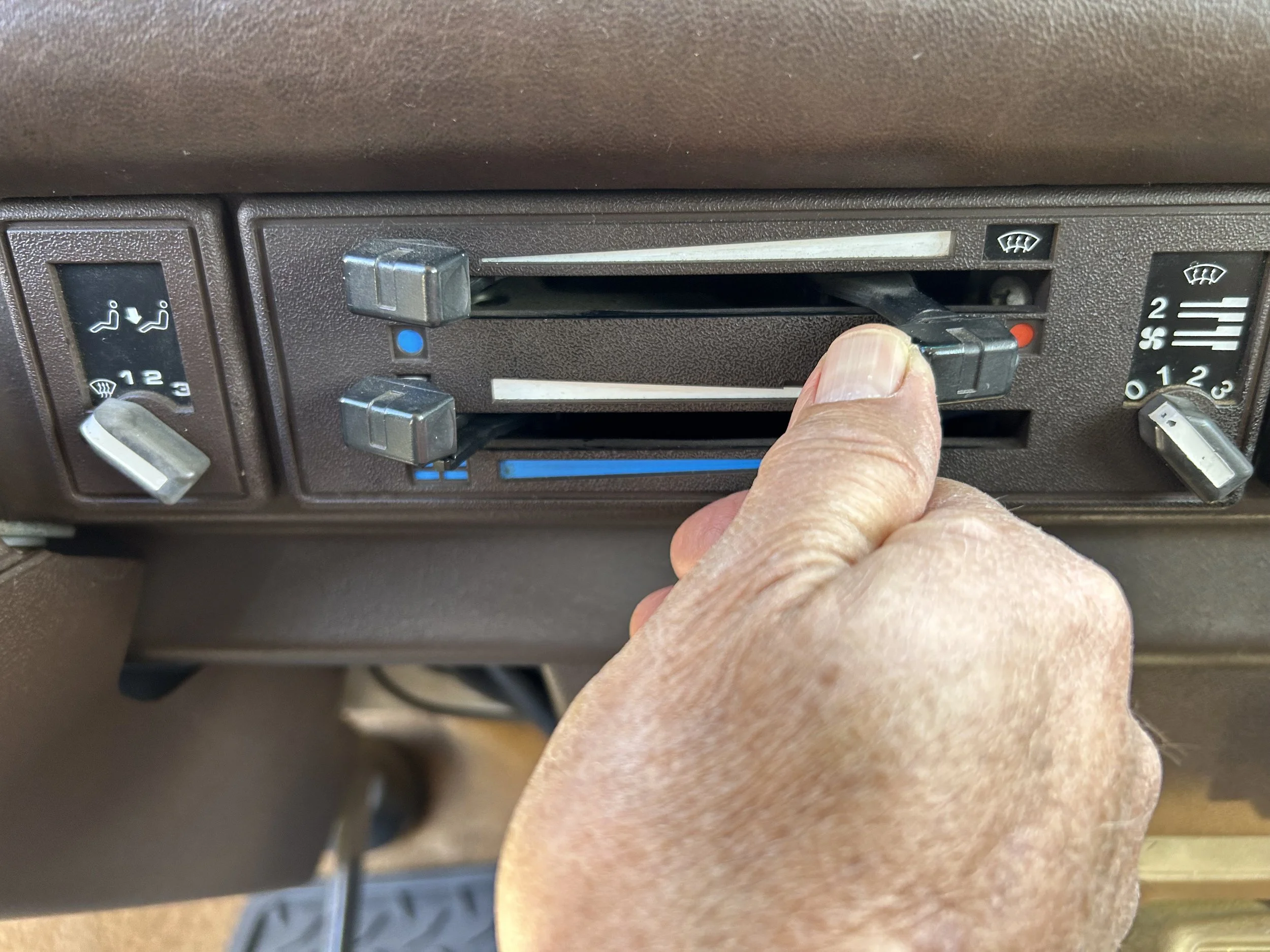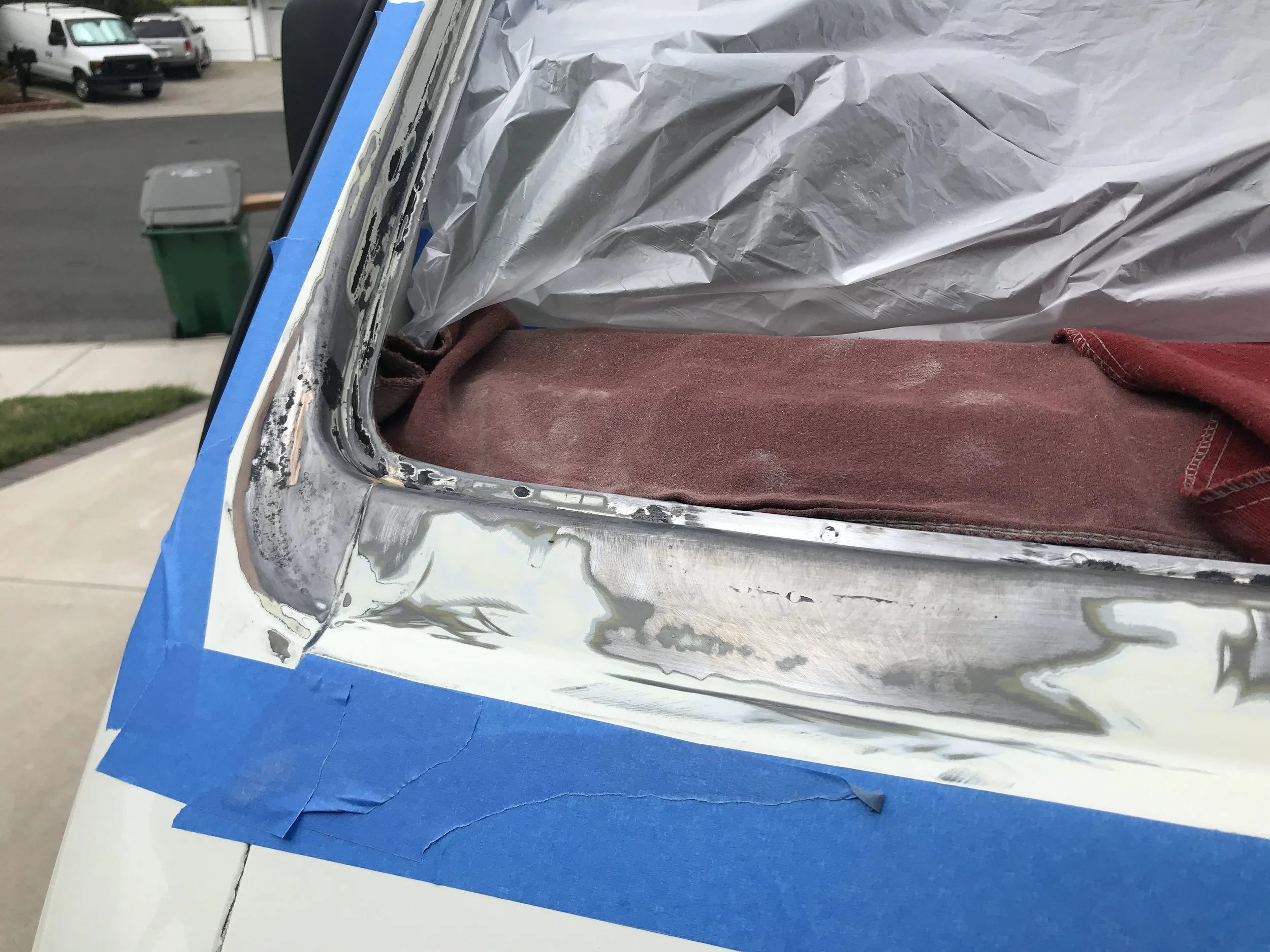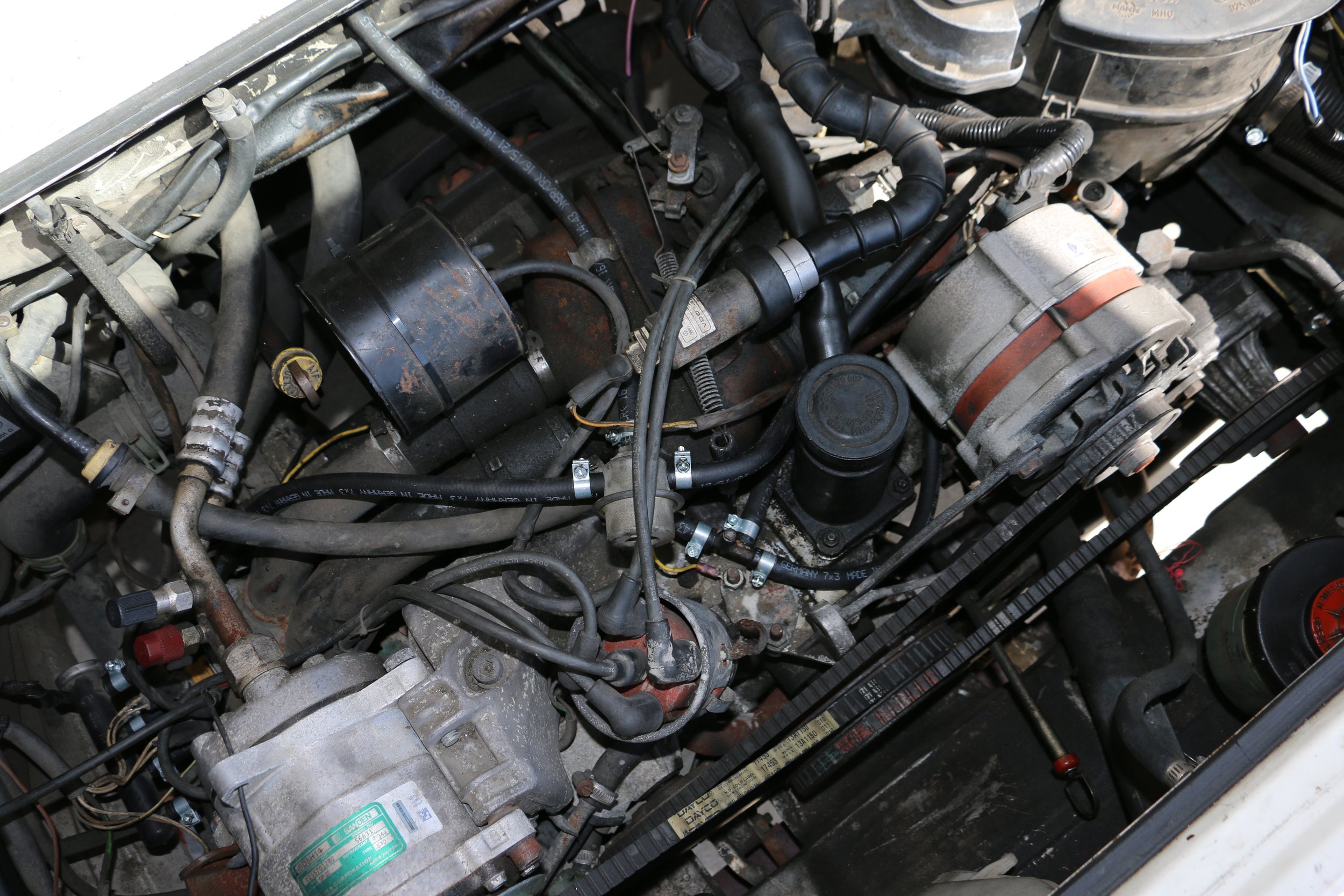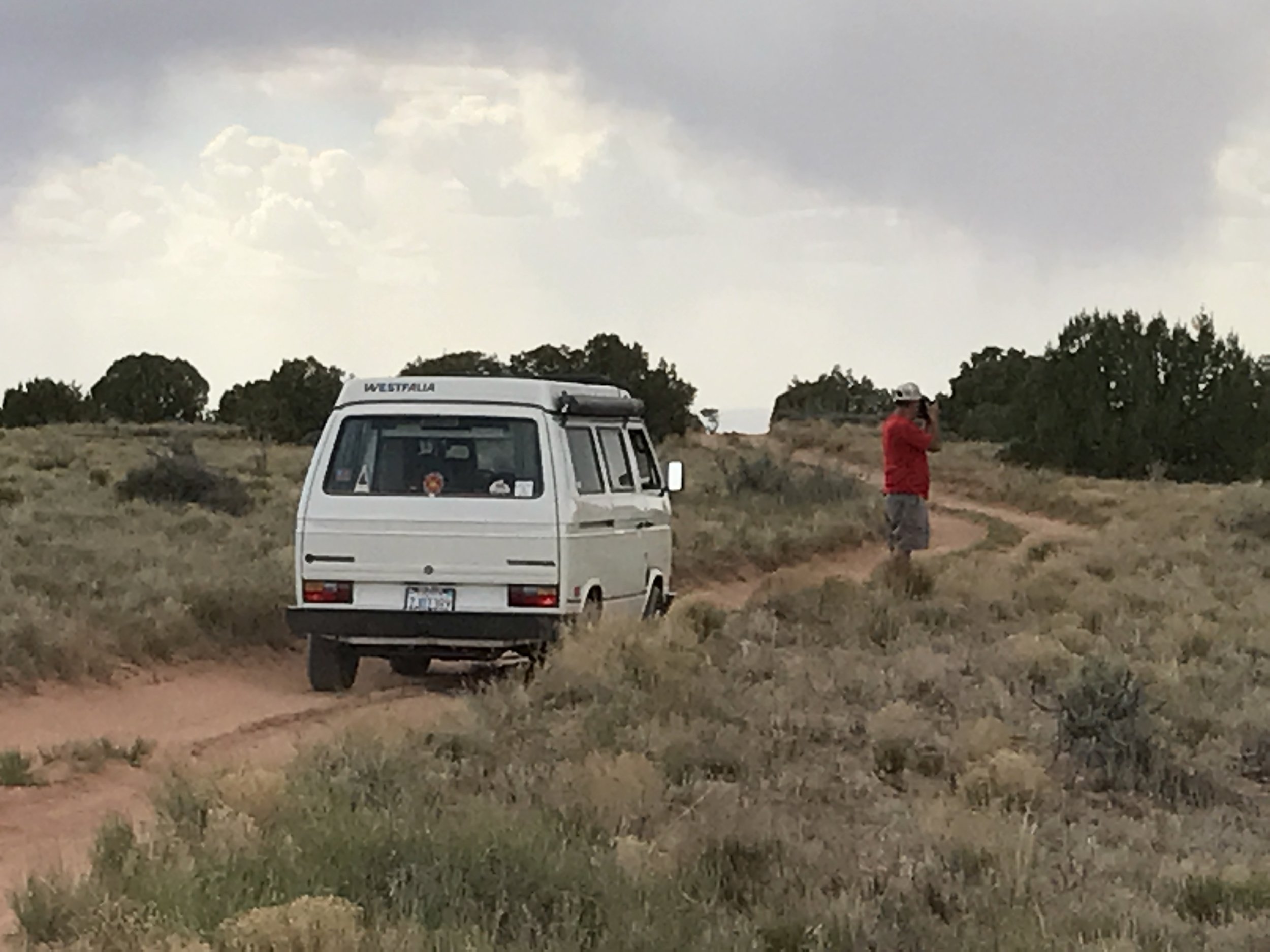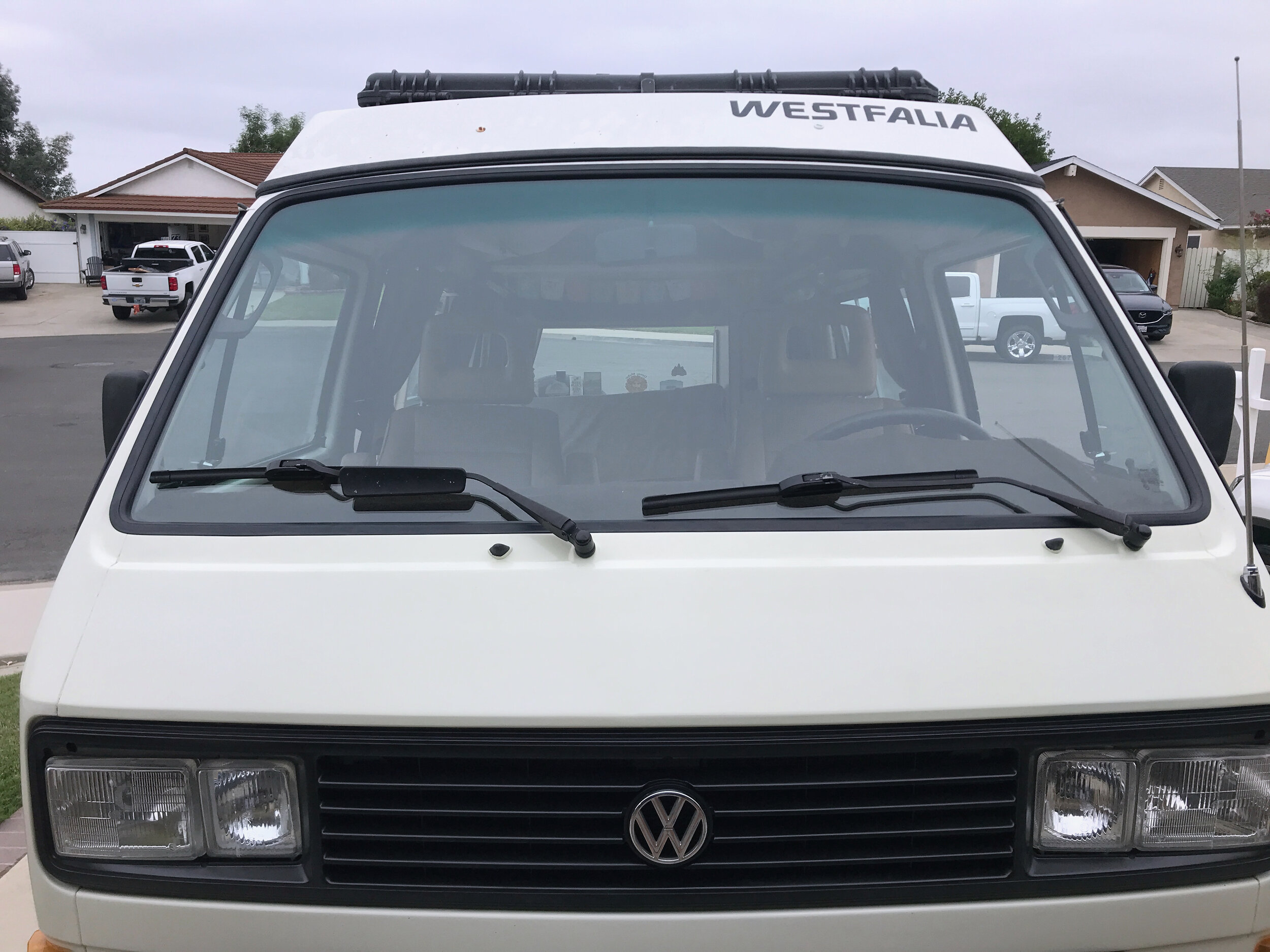5 Embarrassing Lessons About Buying Vanagons
I promise not to go into excruciating detail about Vanagon ownership. There are many people much more knowledgeable than I am about the platform from Volkswagen.
At the end of this post though, you’ll realize that you don’t need to be an expert to own a Vanagon, you just have to know how to ask the right questions before you buy one. No matter how embarrassing it might admitting your lack of momentary common sense when buying a Vanagon in the long run it will actually make you a happier owner.
Lesson #1
I made the mistake of getting too emotionally wrapped up in the idea of owning a Vanagon. I had dreamed of going camping and exploring the outdoors. What I should have been thinking is “how am I going to afford to drive this?”
I didn’t think I was buying someone else’s project the day I responded to an advertisement about a ’86 Westfalia located in the San Francisco Bay area. But even though it was running and appeared cosmetically sound, I was in fact buying someone else’s project. d
The gentleman that answered the door said he and his wife had taken this particular Vanagon on several trips to Mexico, but as they grew older they decided they wanted to sell it for something newer.
What they really meant to say was they didn’t trust the Vanagon with all its flaws and mechanical issues.
That’s lesson # 1. Don’t get emotionally wrapped up in a vehicle you’re about to purchase. You will overlook things you shouldn’t overlook.
Lesson #2
Inside their garage was the Vanagon I had seen in the advertisement. It shined and once they fired up the engine I was sold on ownership. It was the coolest looking ride I had ever seen. I knew I had to have it, even though it was priced higher than comparable Vanagons on The Samba.
The owner said the interior looked relatively new, and the upper bunk looked like no one ever slept there. I verified that with a close inspection. But apparently not close enough. There was a leaking roof vent that he didn’t reveal. And a few more things that I should have seen.
So Lesson #2 is… don’t take anyone’s word for anything. Be the sleuth and dig in with a magnifying glass before you commit. There’s no harm in asking, “Is there anything wrong that I should know about.” I never did.
Lesson #3
Before my test drive the owner said to “move the climate control heater slider” on the dash to hot before starting it. I didn’t know what to think about that comment. It made zero sense.
What would that slider have to do with starting the vehicle? The heater blower is not even remotely associated with the starter system. Still, I did what he said and it fired right up.
“That’s what the previous owner told me to do and I’ve always started it that way,” was his reply. I should have known something funky was going on.
Months later I determined that what he was saying was actually indicative of an overheating problem, not a starting issue. Did he know that? Quite possibly.
Should I have known that by turning on the slider to “hot” it would help cool the water in the engine? Maybe had I been more prepared.
As it turned out I eventually replaced the stock radiator, the coolant tubes and various other coolant lines due to overheating issues.
So Lesson #3 is… if a seller suggests something you are not familiar with, ask a verified Vanagon mechanic before you buy.
Lesson #4
I decided to purchase the vehicle because overall it drove nicely and everything worked, including the factory A/C. The owner actually came down in price.
After two or three short trips in the Westy I started to notice that the engine began to sputter, like it wasn’t running on all four cylinders. I decided to do a compression test on each cylinder, and low and behold the number 3 spark plug was seized in the block. It couldn’t be removed without damaging the threads. That meant the spark plugs hadn’t been changed in a LONG time.
That’s not what the previous owner had told me, and he had receipts on all the work that was done on the Vanagon. Since I didn’t want to break off the plug or damage the head by forcing it, I decided to get it to a shop.
What came from that experience is the knowledge that I should have immediately taken the Vanagon to a reliable shop to at least check the obvious, which would have been the brakes, the plugs, coil, ignition, etc. Had I done that they would have discovered the carbon build-up in the spark plugs and the seized plug, and I would have had some more negotiating power before buying.
Lesson #4 is that a quick visit to a reliable shop will always save you in the long run. Don’t take anyone’s word for it. Receipts only tell part of the story. If you suspect there’s an issue, have it inspected first.
Lesson #5
This last lesson taught me more about paint and body than I ever thought I could learn on my own. I recall pointing out to the previous owner that rust had built up around the front windshield rubber gasket. He claimed it had been there since he owned it and that it was nothing to worry about. Wrong.
Rust is a BIG problem with Vanagon. There are multiple places rust can start on Vanagons and the front windshield area is one of them. Because of the rust rain water had started to leak inside the cab. It took me a few weeks, but I was able to repair it myself and posted about it here.
There was also some weird bodywork that had been done on the vehicle, which I corrected. But the previous owner just skimmed through it, and I basically didn’t care enough to argue about it.
So our final lesson is before you buy a Vanagon, bring a calculator, pad, and pencil and start to make a list of what seems wrong with it, and put an approximate price to it.
Take the vehicle to a shop and have them do a 21-point (minimum) inspection. Add up the costs to repair what’s wrong and what requires immediate fixing, and then compare your numbers against the purchase price.
If you can’t come to an agreement on price after determining future costs, then I suggest you walk away, or if you really love it then be prepared to pony up the dough.
I don’t look at my many years of Vanagon ownership as a bad investment. I have learned more about the platform by experiencing these things. besides. I can now do many of the repairs myself, and I am much less stressed about mechanical issues. Vanagons may look intimidating, but the truth is all you have to do is use common sense and ask the right questions.
I hope this short story helps you make a good buying decision.

